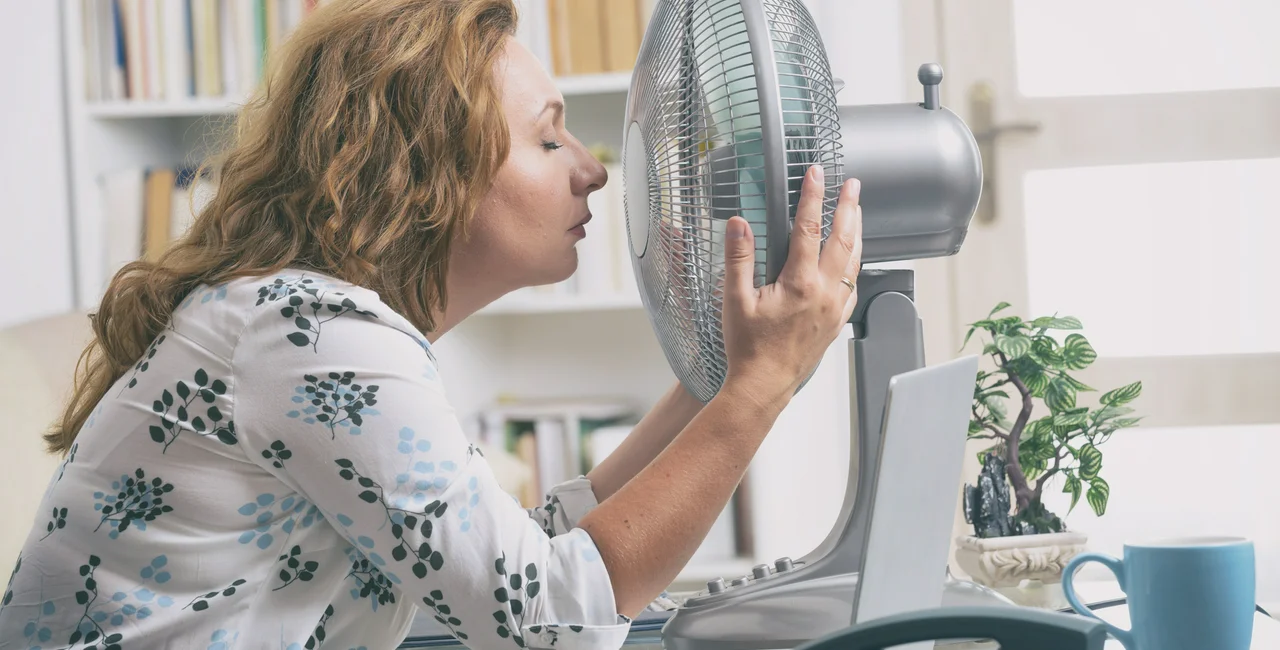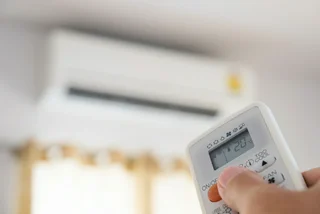With the summer heatwave, rising energy prices, and environmental concerns, many offices are struggling to find the optimum temperature.
While legal aspects dictate maximums and minimums for various Czech workspaces, there are other factors to consider. Recent research shows that warmer offices might be more productive.
Czech law covers the allowable temperatures for various working conditions, with maximums ranging from 20 degrees Celsius for people engaged in tough manual labor to 32 degrees Celsius for people driving a tram or truck, according to the website Businessinfo.cz.
For office workers, the maximum is 27 degrees, and for people sitting and doing light work, including driving a car and being a cashier at a store, it is 26 degrees.
There are also minimums ranging between 10 degrees and 20 degrees, again according to the type of work done.
There are some other requirements as well. “When using air conditioning, it is important that the difference between outside and inside air-conditioned temperatures should not exceed 5 degrees to 6 degrees C. If the difference is greater, more susceptible people may catch a cold when moving between environments,” Businessinfo.cz states.
This means that when it is very hot outside, the normal maximum temperature in the office can be exceeded, as too big a difference would be bad for employees’ health.
When there are excessively high or low temperatures, the employer under the law has to provide “protective beverages.” These beverages must be harmless to health and must not contain more than 6.5 percent sugar by weight. It also cannot contain more than 1 percent alcohol by weight, and must not contain any alcohol for young employees.
While this satisfies the legal requirements, it doesn’t answer the question as to what the best office temperature is.
A study from 2019 conducted on university students in Germany showed that there is a gender divide. Women worked better at temperatures between 21 and 27 degrees Celsius, while men worked better at temperatures below 21 degrees. Colder temperatures had a bigger impact on women’s performance than warmer temperatures did on men’s performance.
Researcher Tom Y. Chang, associate professor of finance and business economics at the USC Marshall School, said that the optimal office temperature for productivity in a gender-balanced office was 24 degrees Celsius, or 75 degrees Fahrenheit.
“Ultimately, our results potentially raise the stakes for the battle of the thermostat, suggesting that it is not just about comfort, but also about cognitive performance and productivity,” a summary of the report published by PLOS One stated.
“Our results suggest that in gender-balanced workplaces, temperatures should be set significantly higher than current standards,” the summary stated.
This report confirmed previous research from 2015 that was published in the journal Nature. That research found that the standards for office temperatures were established in the 1960s when air conditioning became widespread and men tended to dominate the office. Standards took into account the comfort of the average middle-aged man but ignored women.
A survey conducted in the U.S. in 2018 for HR company Career Builder found that 46 percent of workers say their office is either too hot or too cold. Some 51 percent said sitting in an office that is too cold impacted their productivity, while 67 percent said sitting in a too-toasty office had a negative impact.
This research also found a gender divide. Some 18 percent of men said they are too cold and 17 percent too hot, while 36 percent of women were too cold and 19 percent were too hot.
Temperatures have also led to office conflict. “Fifteen percent of workers say they have argued with a coworker about office temperature (7 percent of men vs. 22 percent of women), and nearly 1 in 5 (19 percent) have secretly changed the office temperature during the summer — 13 percent to make it cooler, 6 percent to make it warmer,” Career Builder said in a press release.
There are also environmental and economic aspects favoring raising the average office temperature. Each degree of cooling has a significant additional monetary cost, depending on the amount of area being cooled, the cost of energy, and the type of cooling being used.
In areas where energy is predominantly made from coal or other fossil fuels, excessive cooling creates more greenhouse gases due to higher demand for energy. This in turn spurs global warming and leads to higher peak summer temperatures and more demand for cooling.












 Reading time: 3 minutes
Reading time: 3 minutes 



























